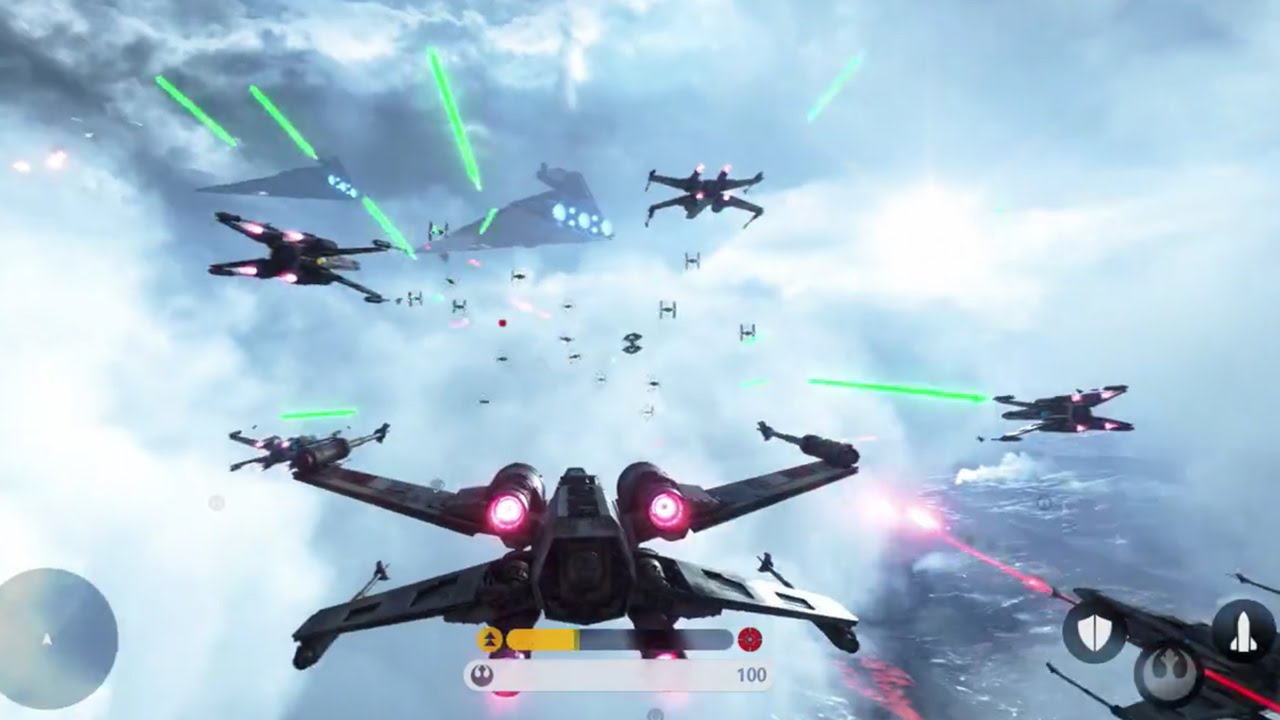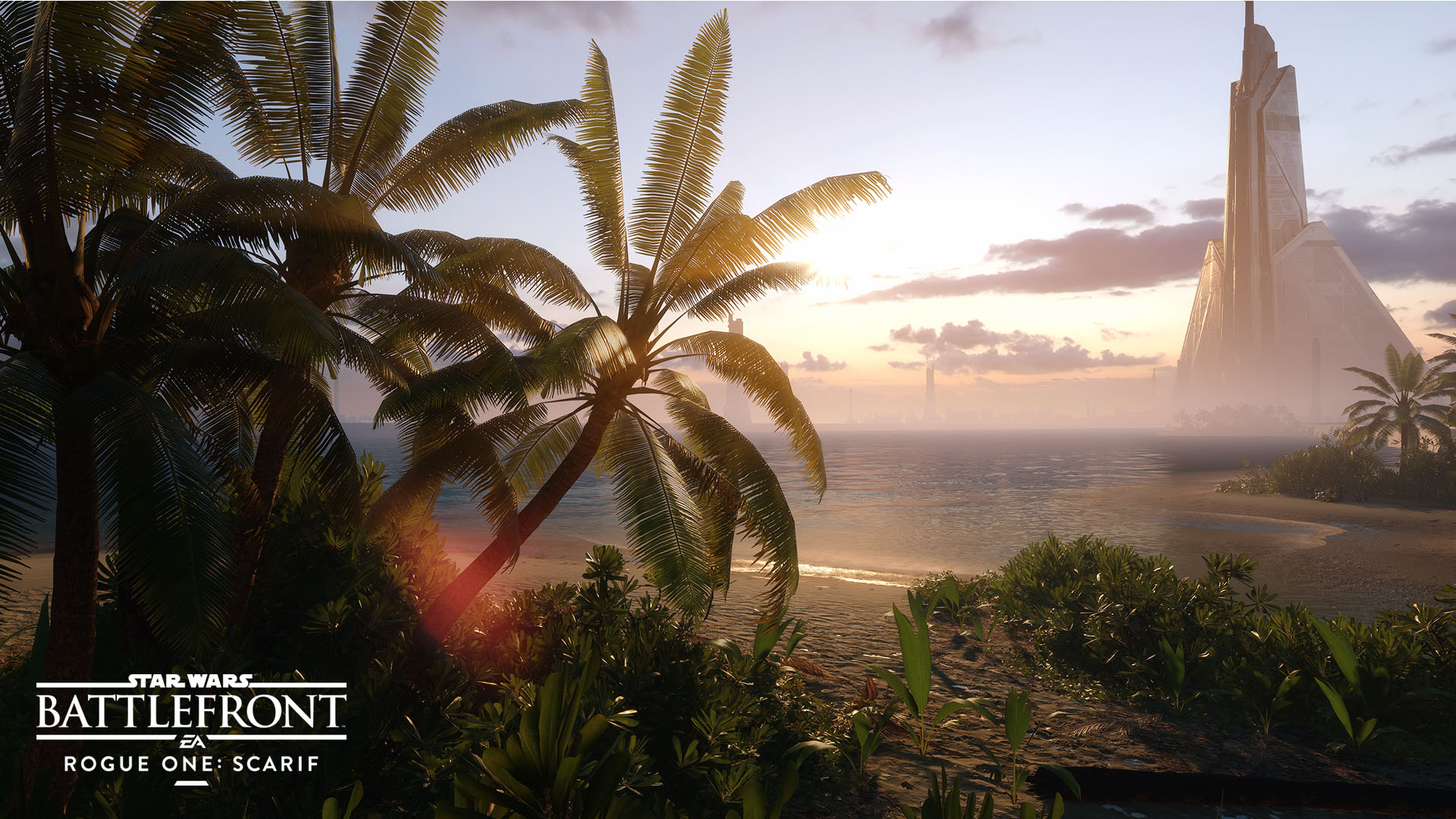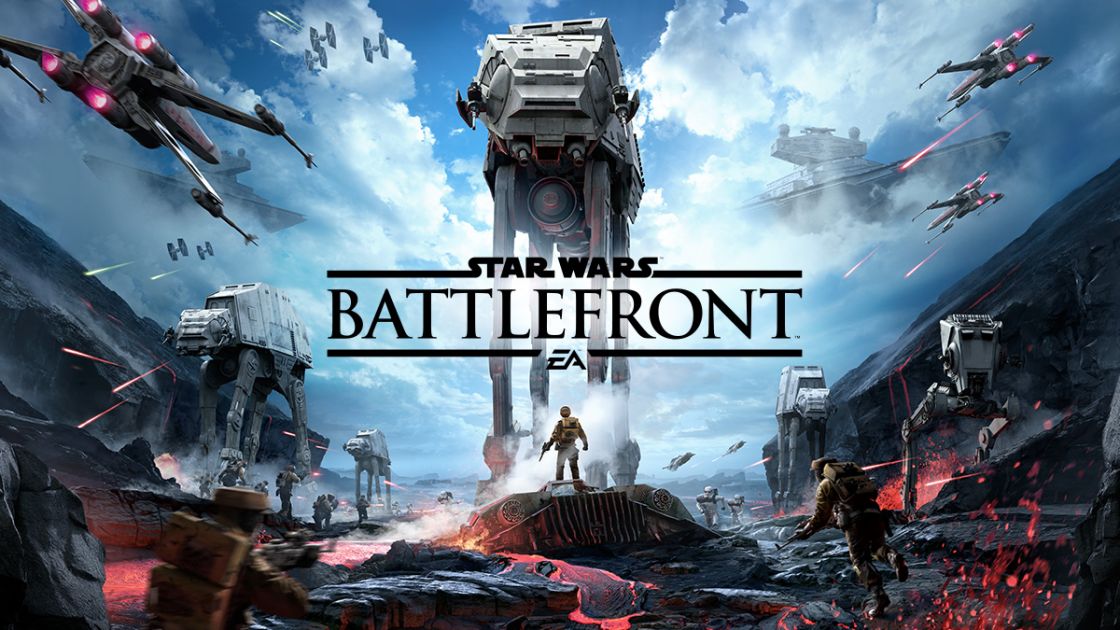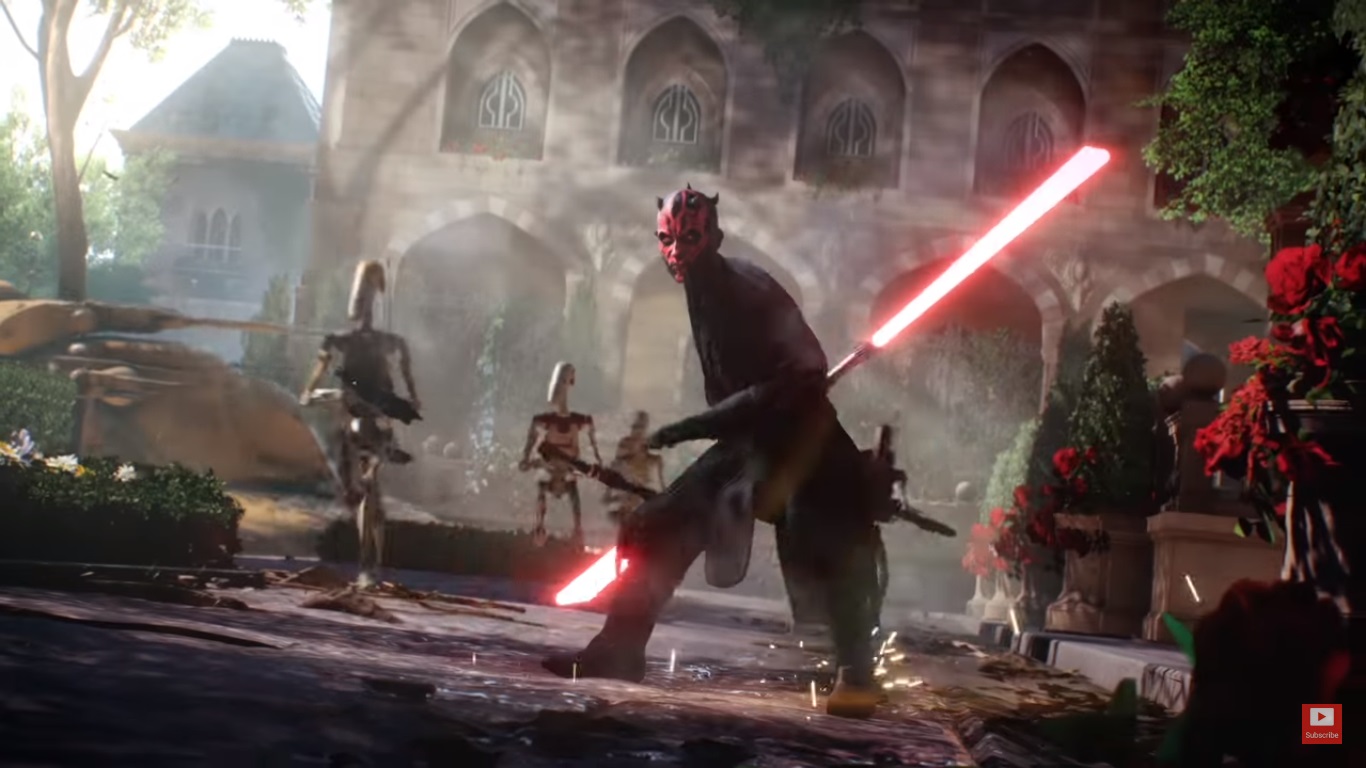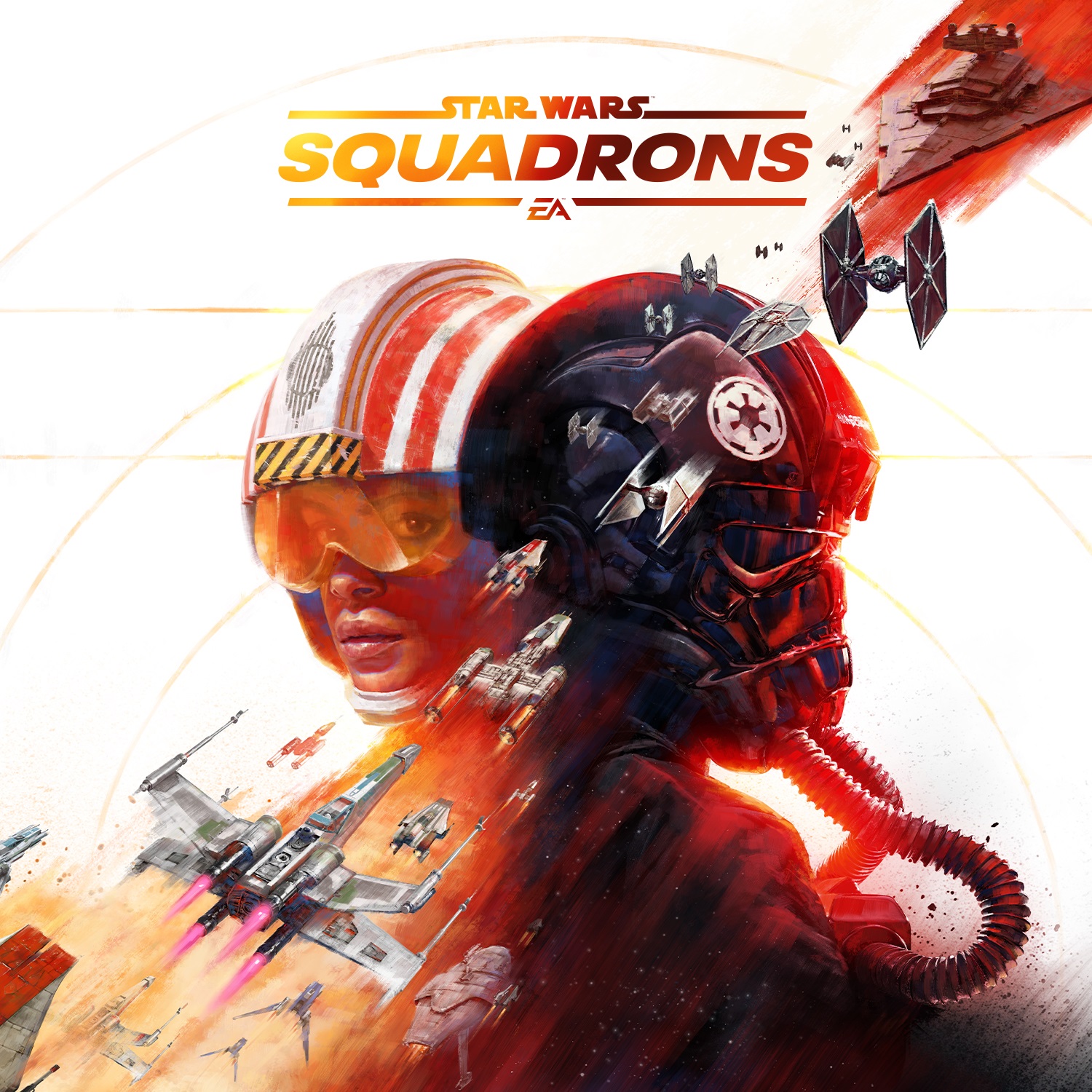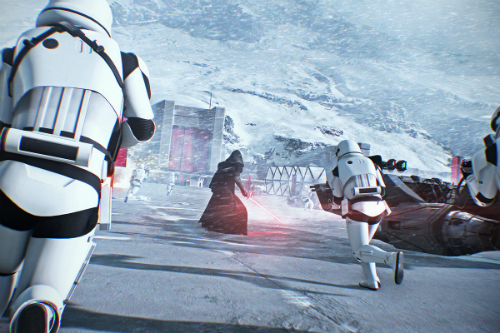
Star Wars Battlefront II has received a lot of attention in the media recently; but all for the wrong reasons. The game’s loot crates, Star Cards and unlockable heroes have struck a sore point for gamers, namely because it forced players to grind for an unnecessarily long time to unlock content or speed up the process by purchasing randomised loot crates. The controversy reportedly landed EA in hot water with Disney CEO Bob Iger, forcing them to remove microtransaction options from the game entirely. For all the negativity surrounding Star Wars Battlefront II, it is still a quality title that not only captures the feeling of Pandemic’s older Battlefront games but is also fun in its own right.
One of the complaints of 2015’s Star Wars Battlefront was that it was very light on single-player content. Developer DICE have alleviated this for the sequel however, thanks largely to a new campaign mode which is set between the events of Return of the Jedi and The Force Awakens. In the campaign players assume the role of Iden Versio, the commanding officer of Imperial commando unit Inferno Squad. Initially Iden is allied with the Empire and plays a crucial role in Operation Cinder; the Emperor’s contingency plan in the event of his death. The story quickly sees Iden join the Rebellion however, and players will also get to play as other popular Star Wars characters including Han Solo, Lando Calrissian, Luke Skywalker and Leia Organa. While it would have been more interesting had the plot remained focused on the Empire side of the conflict, ultimately it’s a fun side story that is lighthearted and expands on the lore of the Star Wars Universe.
The campaign plays out as mostly linear levels where players run through environments shooting all the bad guys. There are some more interesting mechanics at play here, such as Iden using her droid companion to sneak into vents, scan and locate enemies and electrocute out of reach targets, but otherwise this is a fairly standard run and cover shooter. All up, it should take approximately 5 to 6 hours to complete.
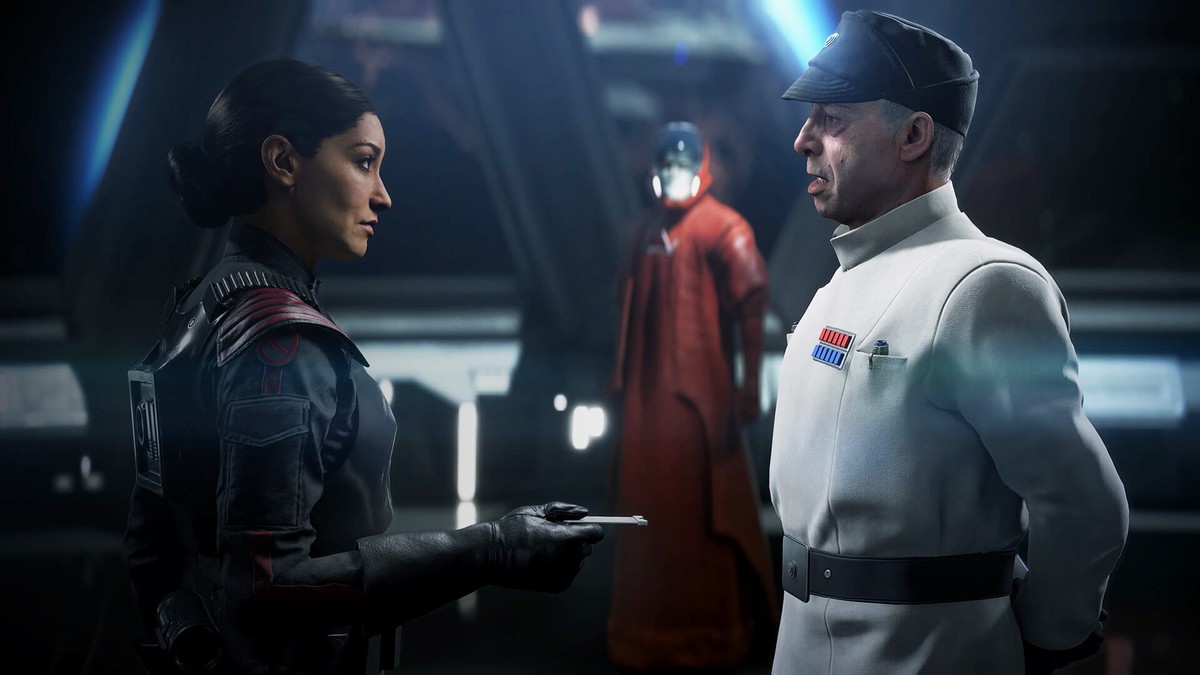
Arcade mode concludes the rest of the single-player offerings. Here, players can complete short battle scenarios from all eras of the Star Wars films. To name a few you can storm the Naboo palace as Darth Maul, defend Yavin 4 against Stormtroopers as Luke or Leia, or slaughter Rebel soldiers on Tatooine as nefarious bounty hunter Boba Fett. If that doesn’t tickle your fancy you can also create custom scenarios where you fight solo against an enemy squad or with an entourage of troops at your side. Arcade mode on consoles also supports both competitive and cooperative split-screen multiplayer, something that’s becoming a rarity and is certainly a welcome addition. EA and DICE have listened to fans’ requests for a robust single-player experience, and they’ve delivered something that is engaging and will keep you occupied for several hours.
If you played 2015’s Star Wars Battlefront you will notice that the sequel now features a unit class system, similar to Pandemic’s original entries in the franchise. Instead of customising a generic unit using unlockable Star Cards, right from the beginning players can now select one of four different unit types. Assault troopers are a more generic class, offering a balanced unit that is suitable for different scenarios. Heavy troopers have more health than any other class and also more fire power, but are generally slower. Specialist troopers are a sniper class, and last but not least, Officer troopers are a support class than can heal allies, produce a temporary shield that surrounds allies, and place automatic machine guns on the map. Each class has its unique strengths and abilities that suit different play styles, so this opens up strategies for team-based multiplayer and makes the overall experience more in-depth.
During battle you will gain Player Points for every action you make including killing opponents, completing mission objectives and supporting allies. The points are saved throughout the match, and will allow you to respawn as special unit types including vehicles and stronger ground troopers such as Wookies, super battle droids, jetpack-enabled troopers and Heroes. Hero units are of course iconic characters from the Star Wars films, with Battlefront II now featuring the likes of Rey, Kylo Ren, Bossk, Darth Maul, Lando, Yoda and Chewbacca in addition to most of 2015’s cast. The points required to unleash the special units on the battlefield will depend how strong they are. This means that only the more active (and skilled) players will be able to unleash Hero units, and also makes you strategise if you want to save points for the end game or spend them right away to give your team a slight advantage early on. Once again there’s a bit of strategy at play here. And fear not – the game has limits of how many of each unit type can be deployed at once, ensuring balance is maintained between teams.

Vehicle combat has also been refined. As mentioned, you can use Player Points to spawn as a vehicle during battle, offering ground support from the skies and taking out other enemy ships. Seeing ground troops from the air can be tricky, particularly when you need to avoid colliding with buildings, so this ensures players can’t spam their weapons unfairly. Also, vehicles no longer have auto lock-on for primary weapons and must now be manually aimed, with the exception of secondary homing missile weaponry. Like troopers, there are starfighter classes including Bombers, fighters and interceptors, as well as getting the chance to pilot other iconic vehicles such as the Millennium Falcon and Slave 1.
Of particular note is the vehicle-only multiplayer mode Starfighter Assault, which feels a lot like Factor Five’s Rogue Squadron games. It’s mindless fun as teams take on each other in an endless barrage of dog fights as both attempt to complete offensive and defensive-based mission objectives. The controls are intuitive and seamless, making for an engaging experience.
Other online modes on offer include Galactic Assault, Strike and Heroes vs. Villians. Galactic Assault supports 40-player battles and is similar to Battlefront 2015’s Walker Assault. Here, one faction leads an assault on a base (usually with an armoured tank) while the other defends against the invaders. Strike is a 16-player infantry-only combat mode where teams compete over objectives. Heroes vs. Villians is an 8-player battle royale between Hero units. Combined with the single-player modes there is a substantial amount of content on offer, which is sure to keep Star Wars and shooter fans entertained for quite some time.
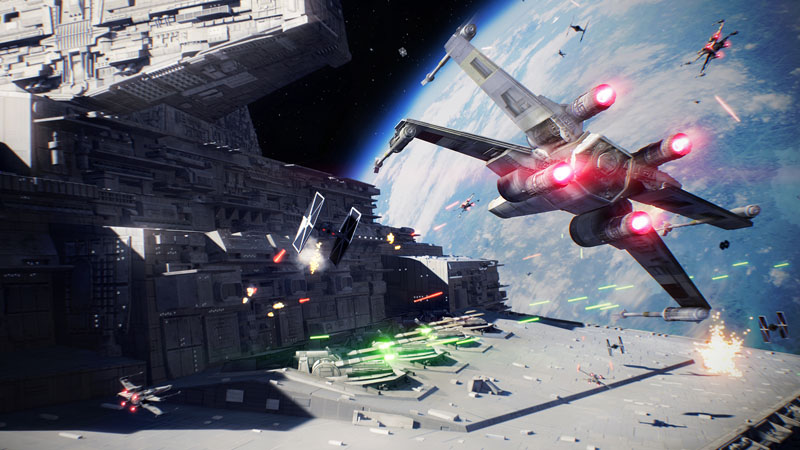
Now for the controversy. There are 14 Heroes available in the game, but 6 of them need to be unlocked for use in online multiplayer by using in-game credits. After finishing the single-player campaign, opening a string of free daily loot crates and earning credits from playing online, I only managed to unlock three Heroes by the time of review. It is definitely grindy and seems unfair as it’s needlessly blocking content from players. Also, a minor gripe I had with the Hero units is that all of them are available to use during battle regardless of what era the fight is supposedly taking place in. It just seemed out of place when, for example, Darth Vader appeared during the Battle of Kashyyyk during the Clone Wars era. It takes away the immersion.
Star Cards, which are unlocked randomly via loot crates, still play a role in customising units. They power up weapons and abilities by increasing their duration, damage output and recharge time, among other attributes. An example is the Assault trooper’s solo shield ability, which can be enhanced to take less damage from enemy fire and last longer. While in theory the Star Cards are a compelling gameplay mechanic and encourage players to enhance units to compliment their play style, it ends up allianting new players and those who haven’t invested as much time into the game. In one particular online match, I was teamed up with players who didn’t have many Star Cards attached to their characters. Meanwhile the other team had characters with some of the more powerful cards attached. Needless to say it was a very one-sided battle.
Due to the random nature of loot crates, to unlock some of the best Star Cards you’ll need to invest a significant amount of time playing the game. To give you an idea, a loot crates costs a few thousand credits with the promise of two-four cards at a time. On average you might get a few hundred credits per online match played. Had EA’s microtransactions remained in the game (although supposedly they will be re-implemented in the future), it’s easy to see why some gamers would pay extra money to unlock all this content. There’s simply no balance and it affects your overall enjoyment of the online modes.

Controversies aside, Star Wars Battlefront II also has a few other bugs. During battle the game will prompt you with objectives using the avatar of a commanding officer in your faction. On the odd occasion, the incorrect avatar picture would display for the faction I was playing as. Rocket Chainsaw’s Adam has been playing the Xbox One X version and encountered a strange bug in the single-player campaign during a mission on Endor. Adam pressed the jump button, but on-screen Iden appeared to float into the trees above and not return to the ground. Randomly on PS4, the version I’ve based this review on, the gameplay also seems to pause and skip a few frames when there’s a lot happening on screen. This occured in both online multiplayer and single-player modes, and while it didn’t happen enough to be a deal breaker, it’s still noticeable and makes it seem that at times the game is struggling to run properly.
Visually, Star Wars Battlefront II is absolutely gorgeous to behold and is one of the closest experiences you’ll get to actually being in that galaxy far, far away. The models and animations are detailed and smooth, while environments feature superb lighting techniques which make the colours pop. There are also a lot of particle effects at play including rising smoke from destroyed starships, and the whimsical view of leaves blowing in the breeze ahead of your character. Naturally, the sights are joined by John Williams’ iconic Star Wars score which simply can never be replaced in this type of game.
Despite the loot crates and Star Cards being a poor design choice, Star Wars Battlefront II is a step up above its predecessor and should not be missed by any Star Wars or shooter fan. The refined unit class and play point systems encourage strategy and make gameplay have a little more depth. Vehicle combat has also been refined, at times making it feel similar to Factor Five’s Rogue Squadron games, which is only a good thing. The unique single-player and online multiplayer modes ensure there is plenty of content on offer to keep you occupied for quite some time.
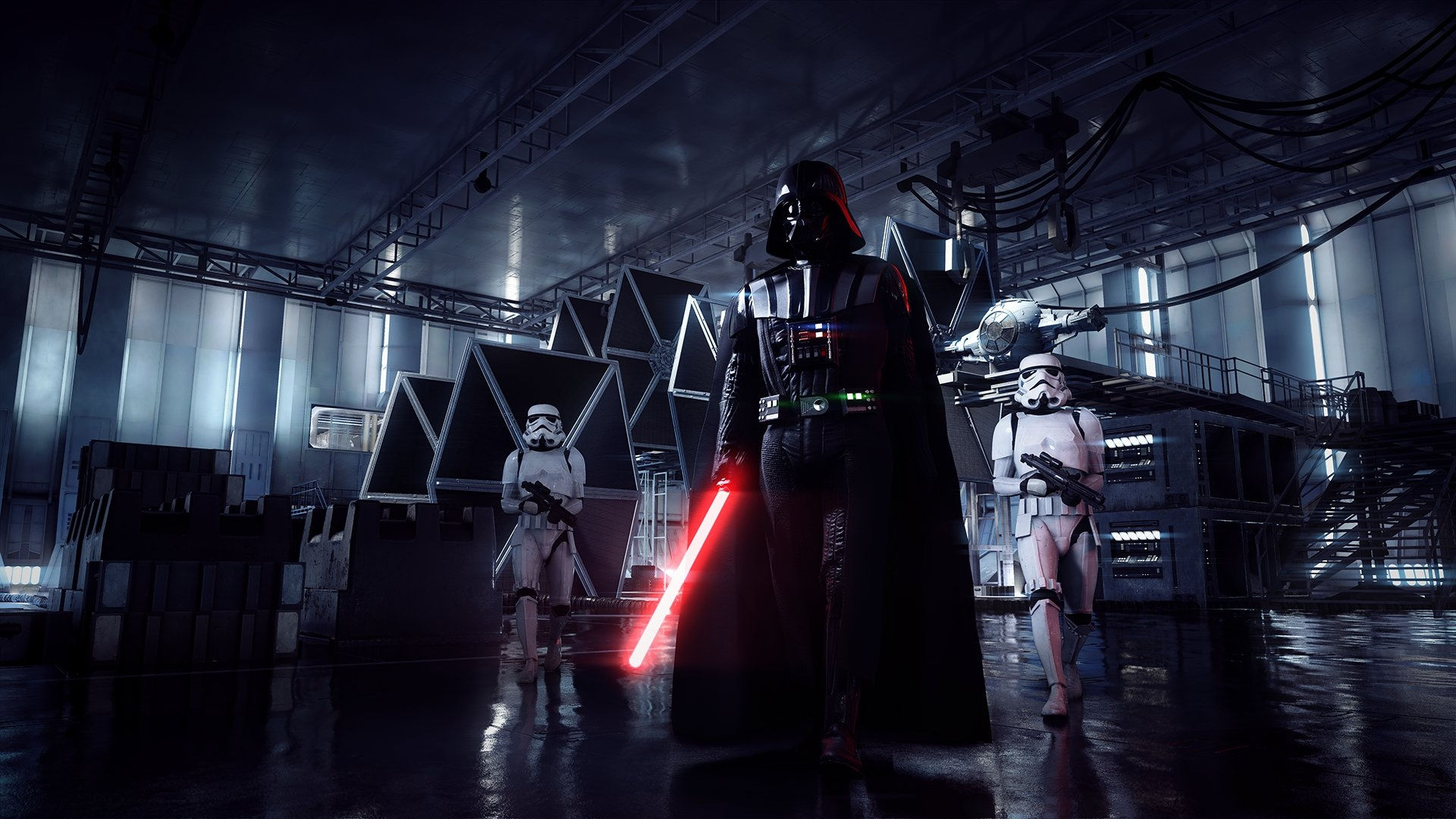
- More opportunities for strategy - Great visual presentation - Lots of content on offer
- Loot crates lock a lot of content - Star Card system alienates newcomers due to being locked behind loot crates - Some minor gameplay bugs and frame rate issues

